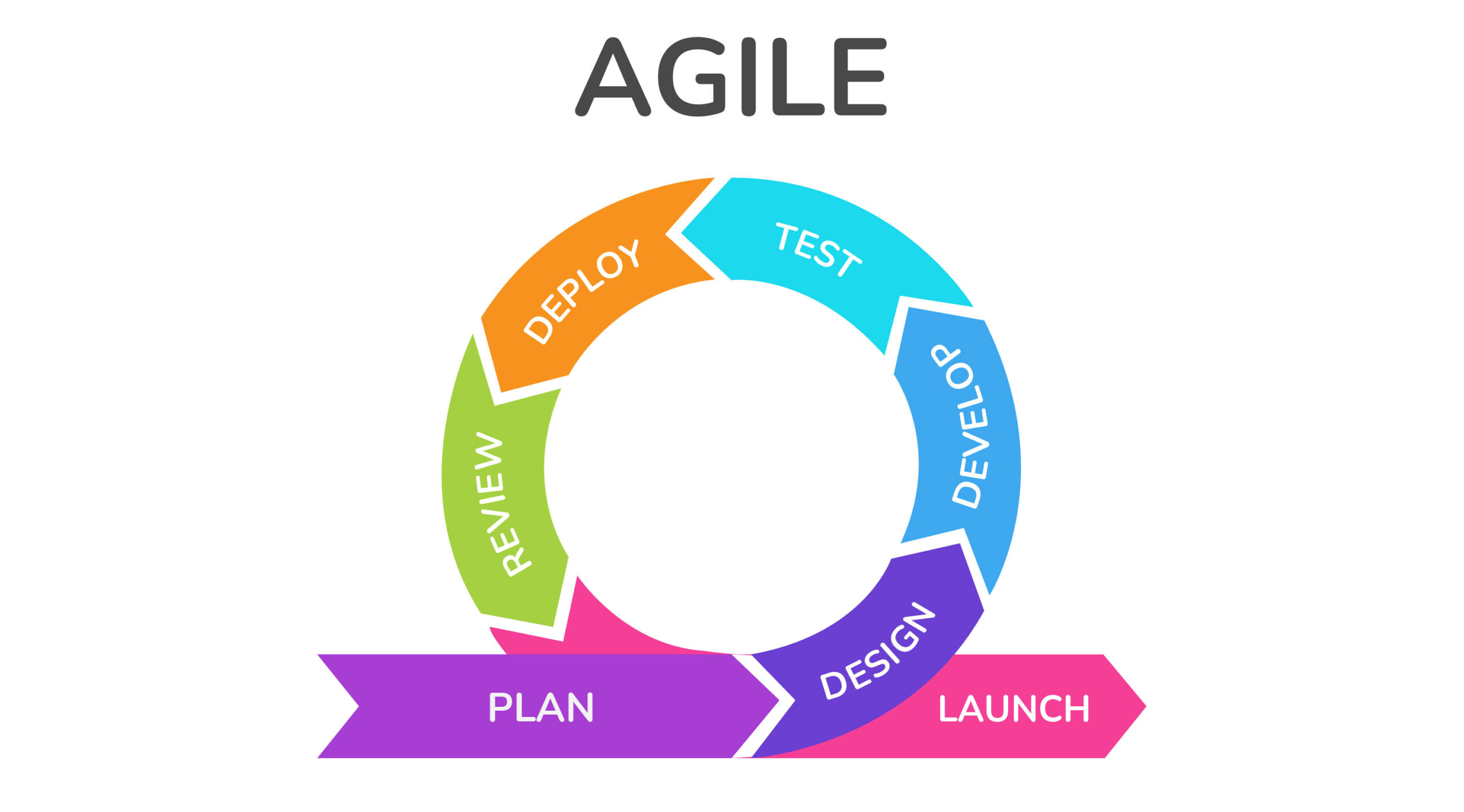1 min to read
The Lip Service Syndrome: Agile in Name Only
The term 'Agile' has become a buzzword in many organizations, yet often, its implementation is merely superficial. This disparity between claiming Agile methodologies and genuinely practicing them reflects a wider issue in the software industry: the lip service syndrome.

The Illusion of Agile Adoption
Consider this: An organization loudly proclaims its Agile transformation. The familiar lingo is all there - Scrum, Sprints, Stand-ups. But in reality, the rigidity of traditional methodologies lurks beneath, hindering true agility and innovation.
Agile in Name, Waterfall in Essence
The crux of the problem lies in adopting Agile in terminology while adhering to a fundamentally Waterfall approach. This leads to a confusing hybrid that lacks the flexibility and responsiveness central to genuine Agile methodologies.
The Drawbacks of Half-Hearted Agile
Embracing Agile halfway is counterproductive. Teams find themselves caught in a paradox, expected to deliver swiftly in an Agile manner while being constrained by linear, inflexible processes. This not only impacts efficiency but also leads to team burnout.
Beyond the Checkbox Approach
Agile is not a mere collection of practices; it’s a mindset focused on adaptability, continuous learning, and incremental improvement. Treating Agile as a checklist undermines its foundational principles and fails to bring about its true benefits.
Fostering Authentic Agile Practices
Leadership’s Role in True Agile Adoption
Leadership plays a crucial role in transitioning to authentic Agile practices. It’s essential for leaders to not just endorse Agile methodologies but to foster an environment that embodies the Agile ethos, encouraging a culture of rapid iteration, learning from failures, and prioritizing efficient delivery.
Embracing the Essence of Agile
The heart of Agile lies in creating a culture that values quick feedback loops, collaborative problem-solving, and the ability to adapt to changing requirements. This requires a shift from rigid planning to a more dynamic, responsive approach.
Conclusion: Moving Beyond Agile in Name Only
True adoption of Agile methodologies is more than changing workflows; it’s about embracing a culture of continuous improvement and adaptability. Organizations need to move beyond merely claiming to be Agile and deeply integrate its principles into their operational and cultural framework.
Remember, Agile is more than a methodology; it’s a mindset of continuous adaptation, efficiency, and growth. Let’s commit to truly embodying these principles in our organizational culture.

